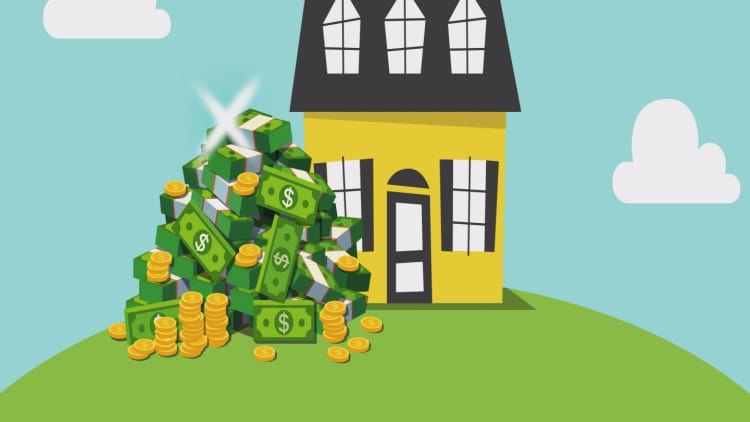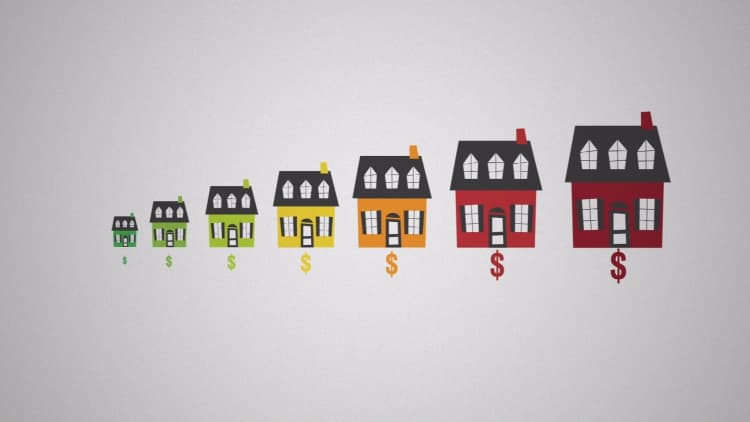As the sharp gains in home prices continue, more markets are seeing values higher than their local economies can support.
Prices nationwide jumped 6.9 percent in April from a year ago, according to the latest monthly value report from CoreLogic. While that is slightly less than the 7 percent annual jump in March, it is still making more and more markets unaffordable.
Of the nation's 50 largest housing markets, 52 percent were considered overvalued in April. CoreLogic determines affordability "by comparing home prices to their long-run, sustainable levels, which are supported by local market fundamentals (such as disposable income)." In March, 50 percent of markets were considered overvalued.

A market is considered overvalued when home prices are at least 10 percent higher than the long-term, sustainable level. By the same metric, 34 percent of the largest markets were considered at value and 14 percent were undervalued.
Not all expensive markets, however, are considered overvalued. San Francisco, for example, where prices are up more than 12 percent from a year ago, is considered at value, because local incomes can support the area's prices. Boston is also considered at value.
Overvalued markets include Denver, Washington, D.C., Houston, Miami, New York, Las Vegas and Los Angeles.
CoreLogic revised its annual home price growth for all of 2018 to 5.3 percent from 5.2 percent.
High demand and very short supply continue to drive up home prices. The supply of homes has been dropping for three years. While more homes came on the market this spring, they have been selling at the fastest pace on record, according to the National Association of Realtors.
Homebuilders are slowly ramping up production, but most of that is at the move-up or luxury level, not at the entry level, where most of the demand is. Sales of newly built homes fell in April, according to the U.S. Census, even as supplies in that category rose. This is likely because of higher prices.
"The best antidote for rising home prices is additional supply," said Frank Nothaft, chief economist for CoreLogic. "New construction has failed to keep up with and meet new housing growth or replace existing inventory. More construction of for-sale and rental housing will alleviate housing cost pressures."
Rising mortgage rates also continue to weaken affordability. Rates have been rising steadily since this year. While they did take a step back last week, as bond yields dropped, they are on the rise again this week. Mortgage applications to purchase a home have also been falling for several weeks.
Some argue that the improving economy will support higher home values. So far that appears to be the case. Overall home sales have been weakening, but most blame that on lack of listings more than weakened affordability, although higher prices have to be sidelining some buyers.
"Extremely low inventory conditions in most markets are preventing sales from breaking out, while also keeping price growth elevated," said Sam Khater, chief economist at Freddie Mac. "Even if rates climb closer to 5 percent, sales have room to grow more, but only if current supply levels start increasing more meaningfully."
WATCH: How to win a bidding war when buying a home



